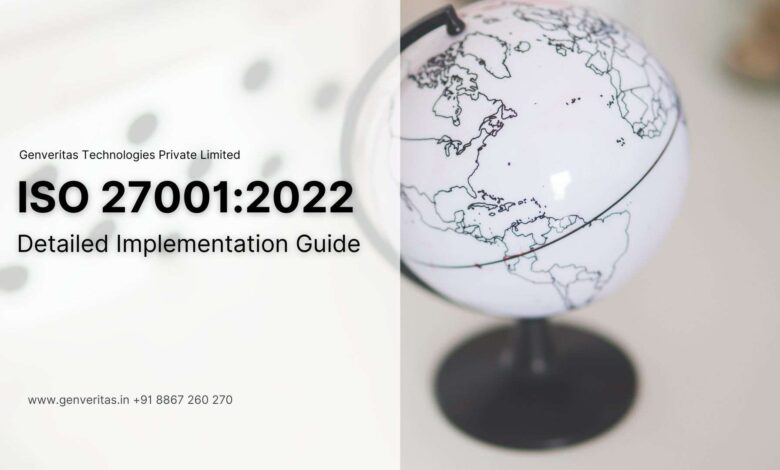Implementing ISO 27001: A Detailed Guide

Tags: ISO 27001, information security management system (ISMS), data privacy, risk management, security controls, compliance, HIPAA, GDPR, healthcare, technology, business, cybersecurity
Understanding ISO 27001
ISO 27001 is an internationally recognized standard that provides a framework for information security management systems (ISMS). It outlines the requirements for organizations to protect their sensitive information from threats such as unauthorized access, disclosure, modification, or destruction. Implementing ISO 27001 can help businesses enhance their security posture, build customer trust, and comply with regulatory requirements.
Key Steps to Implementing ISO 27001
-
Information Security Policy: Develop a comprehensive information security policy that defines the organization’s commitment to protecting its information assets. This policy should align with the organization’s overall business objectives and risk appetite.
-
Risk Assessment: Conduct a thorough risk assessment to identify potential threats and vulnerabilities that could impact the organization’s information security. Prioritize these risks based on their likelihood and potential impact.
-
Information Security Controls: Implement appropriate security controls to mitigate the identified risks. These controls can include administrative, technical, and physical measures. Examples of controls include:
- Administrative Controls: Access controls, security awareness training, incident response procedures, and business continuity planning.
- Technical Controls: Encryption, firewalls, intrusion detection systems, antivirus software, and patch management.
- Physical Controls: Physical access controls, environmental controls, and disaster recovery planning.
-
ISMS Documentation: Develop and maintain comprehensive documentation for the ISMS, including policies, procedures, and records. This documentation should be accessible to all relevant personnel.
-
Implementation and Maintenance: Ensure that the implemented controls are effectively maintained and updated as necessary. Regularly review and update the risk assessment to address changes in the threat landscape.
-
Internal Audits: Conduct regular internal audits to assess the effectiveness of the ISMS. Identify any non-conformities and take corrective actions.
-
Management Review: Periodically review the ISMS to ensure it remains aligned with the organization’s business objectives and risk profile.
Case Study: A Healthcare Organization
A healthcare organization might implement ISO 27001 to protect patient health information (PHI). The organization would conduct a risk assessment to identify threats such as unauthorized access to medical records, data breaches, and ransomware attacks. Based on the risk assessment, the organization might implement controls such as:
- Access Controls: Restrict access to PHI based on job roles and responsibilities.
- Encryption: Encrypt PHI both at rest and in transit to protect it from unauthorized access.
- Firewall: Deploy a firewall to protect the organization’s network from external threats.
- Security Awareness Training: Educate employees about the importance of information security and best practices for protecting PHI.
- Incident Response Plan: Develop a plan for responding to security incidents, such as data breaches or ransomware attacks.
Benefits of ISO 27001 Implementation
- Enhanced Security: Implementing ISO 27001 can significantly improve an organization’s information security posture by providing a structured approach to risk management and control.
- Improved Customer Trust: Customers are increasingly concerned about data privacy and security. ISO 27001 certification can demonstrate to customers that the organization is committed to protecting their sensitive information.
- Regulatory Compliance: Many industries have specific regulatory requirements related to information security. ISO 27001 can help organizations comply with these regulations, such as HIPAA in the healthcare industry or GDPR in the European Union.
- Competitive Advantage: By implementing ISO 27001, organizations can gain a competitive advantage by differentiating themselves as a trusted and secure partner.
Conclusion
Implementing ISO 27001 is a valuable investment for organizations that want to protect their sensitive information and build customer trust. By following the key steps outlined in this guide, organizations can effectively implement an ISMS and reap the benefits of improved security, compliance, and competitive advantage.





